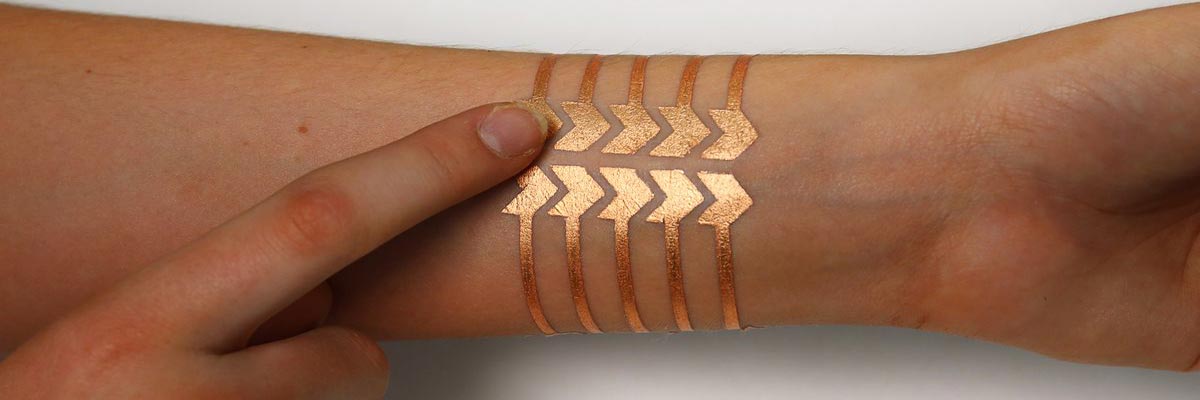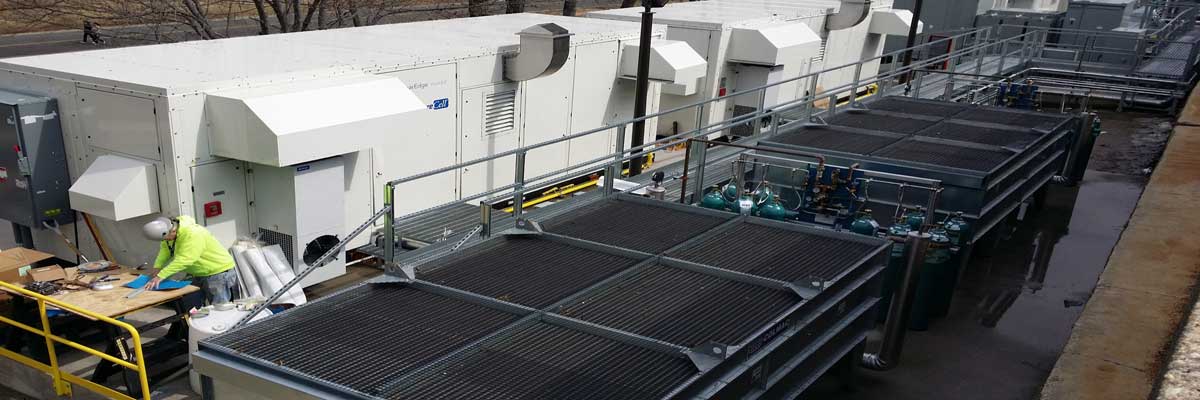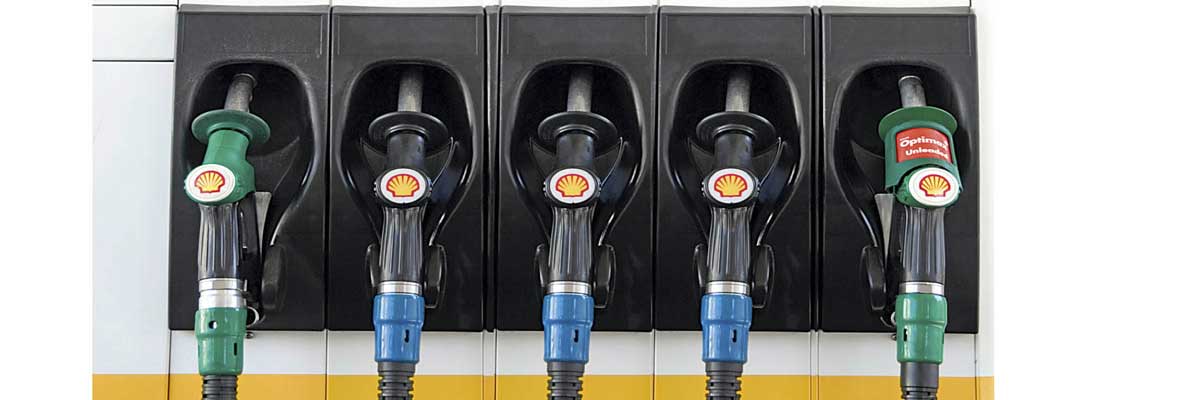Electronic Tattoo Display Draws Energy From Your Blood
We’ve all heard of alternative sources of energy from sunlight, water, and wind — but how about blood? An inventor by the name of Jim Mielke has created a bluetooth-ready, wireless, blood-fueled display that uses tiny microscopic spheres, somewhat similar to tattoo ink, to display images. Here’s how it works:
The basis of the 2×4-inch “Digital Tattoo Interface” is a Bluetooth device made of thin, flexible silicon and silicone. It´s inserted through a small incision as a tightly rolled tube, and then it unfurls beneath the skin to align between skin and muscle. Through the same incision, two small tubes on the device are attached to an artery and a vein to allow the blood to flow to a coin-sized blood fuel cell that converts glucose and oxygen to electricity. After blood flows in from the artery to the fuel cell, it flows out again through the vein.
Verizon Using Fuel Cells To Offset Energy Consumption
They most likely control your cell phone, have used the talents of Darth Vader to promote their image, and now are harnessing the power of fuel cells to control their destiny. Yes, I’m speaking of Verizon Communications–who recently completed their first year of using Fuel Cell technology at their Garden City facility on Long Island. From the article,
“Verizon’s Garden City project is unique because it uses fuel cells as its primary source of energy. Seven fuel cells generate power for a 292,000-square-foot facility that provides telephone and data services to some 35,000 customers on Long Island. And it’s connected to the commercial power grid as backup. This is a complete paradigm shift for a company that traditionally uses diesel-fueled generators as backups to the commercial grid.”
Volvo: Giving You The Power Of Fuel Choice
Think picking the color of your new car is tough? Try picking a car that will still be road-worthy 20 years from now and use the latest and greatest in alternative fuel technology. Well, Volvo–the leader in ‘inherited’ vehicles–is solving that problem with a concept car that runs on FIVE different fuels. “The Volvo Multi-Fuel is a five-cylinder, 2.0-litre prototype car (200 bhp) that runs on five different fuels; hythane (10% hydrogen and 90% methane), biomethane, natural gas (CNG), bioethanol E85 (85% bioethanol and 15% petrol) and petrol.” This feature effectively allows you to run your car on any fuel source, anywhere in the world. “The idea is to make use of the fuels that are produced locally, says Mats Mor’n. This means that less fuel needs to be transported between continents, and you can fill up the car on the fuel that is available wherever you are.” Excellent idea and wonderful ‘transition’ vehicle towards whatever fuel becomes the standard down the road. Let’s hope this vehicle becomes a reality one day. Your unborn children one day heading to college will thank you for this fully functional “hand-me-down”!








